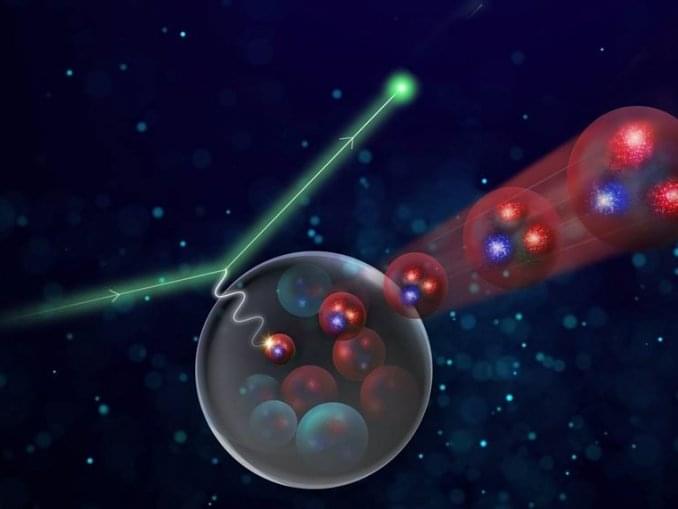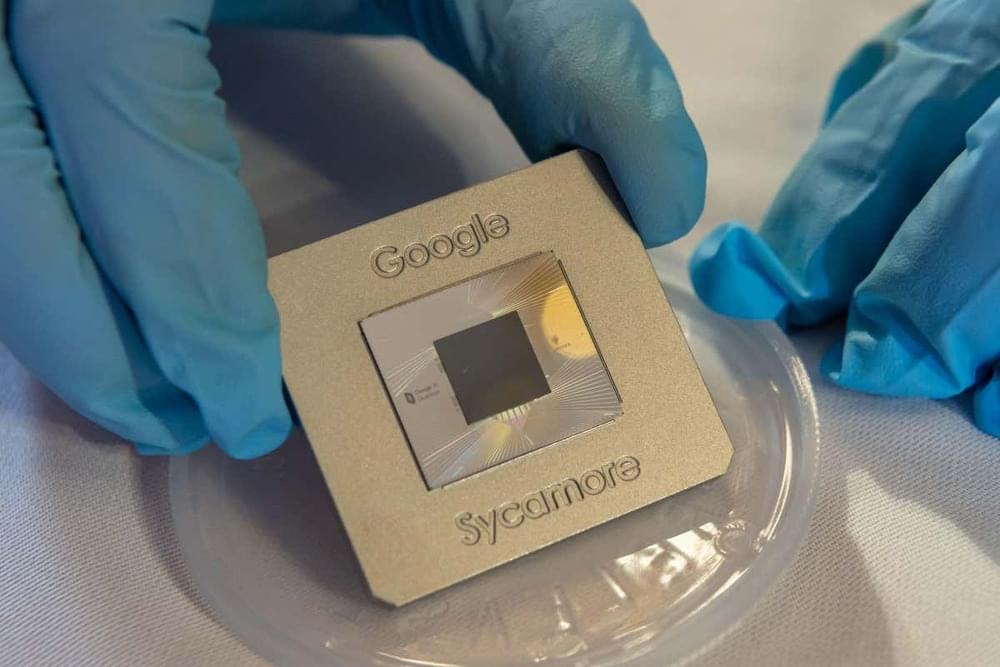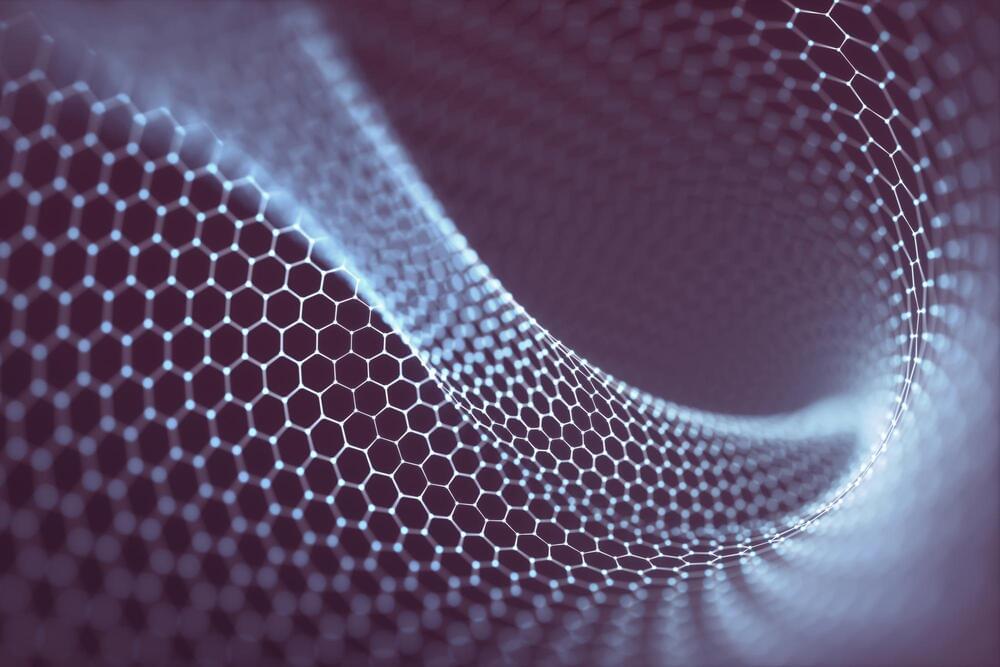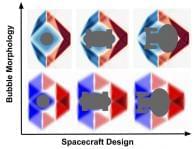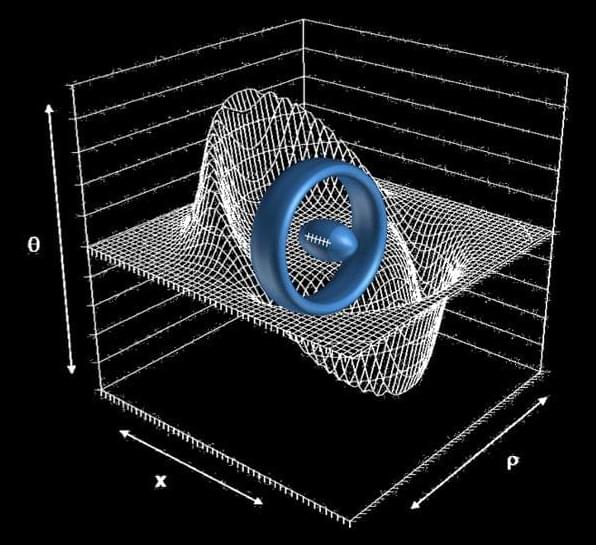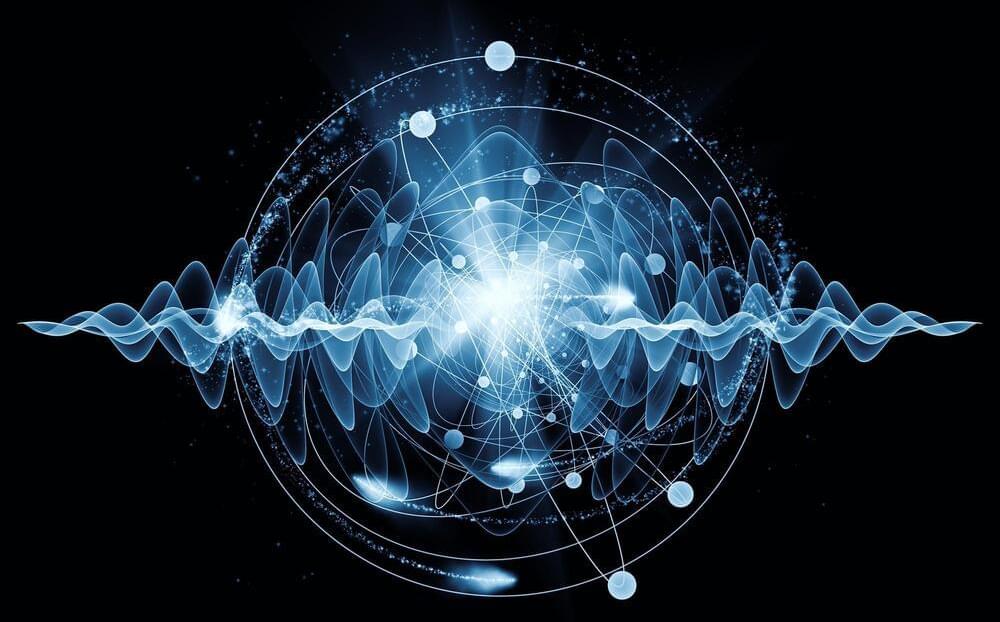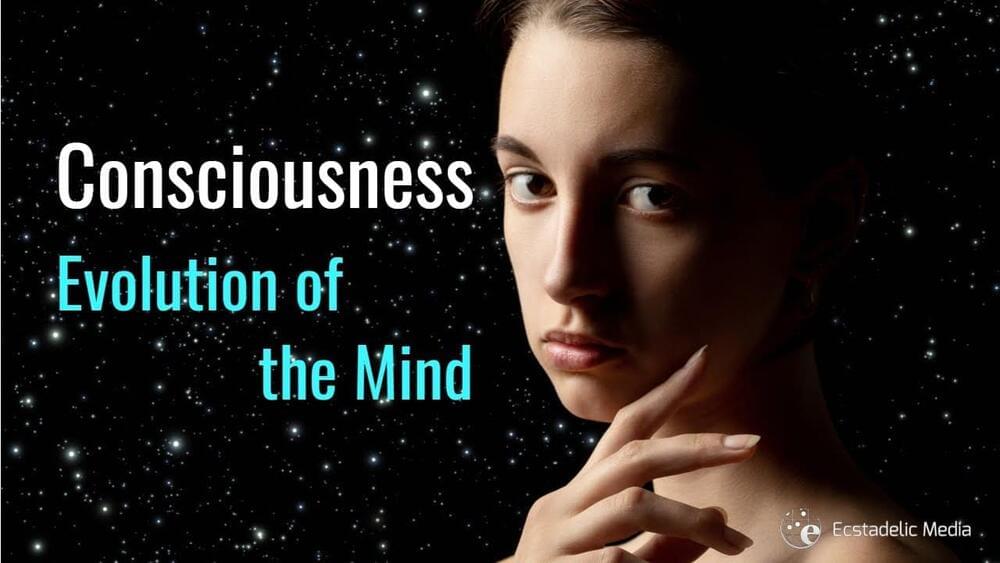Sep 23, 2021
Consciousness & Information
Posted by Alex Vikoulov in categories: computing, education, mobile phones, neuroscience, quantum physics
To use the metaphor of our Information Age, consciousness to humans is as Cloud to computers. Just like your smartphone, your brain is a ‘bio’-logical computing device of your mind, an interface for physical reality. Our minds are connected into the greater mind-network, as computers in the Cloud. Viewed in this way, consciousness is ‘non-local’ Cloud, our brain-mind systems are receivers, processors and transmitters of information within that Cloud. What were the most significant factors in evolution of the human mind? What’s the connection between quantum physics and consciousness? What role does quantum information play in our self-reflective consciousness? What is non-local consciousness? Do our minds create reality? These are some of the most salient questions addressed in this Part II of the documentary.
#consciousness #evolution #mind #documentary #film

